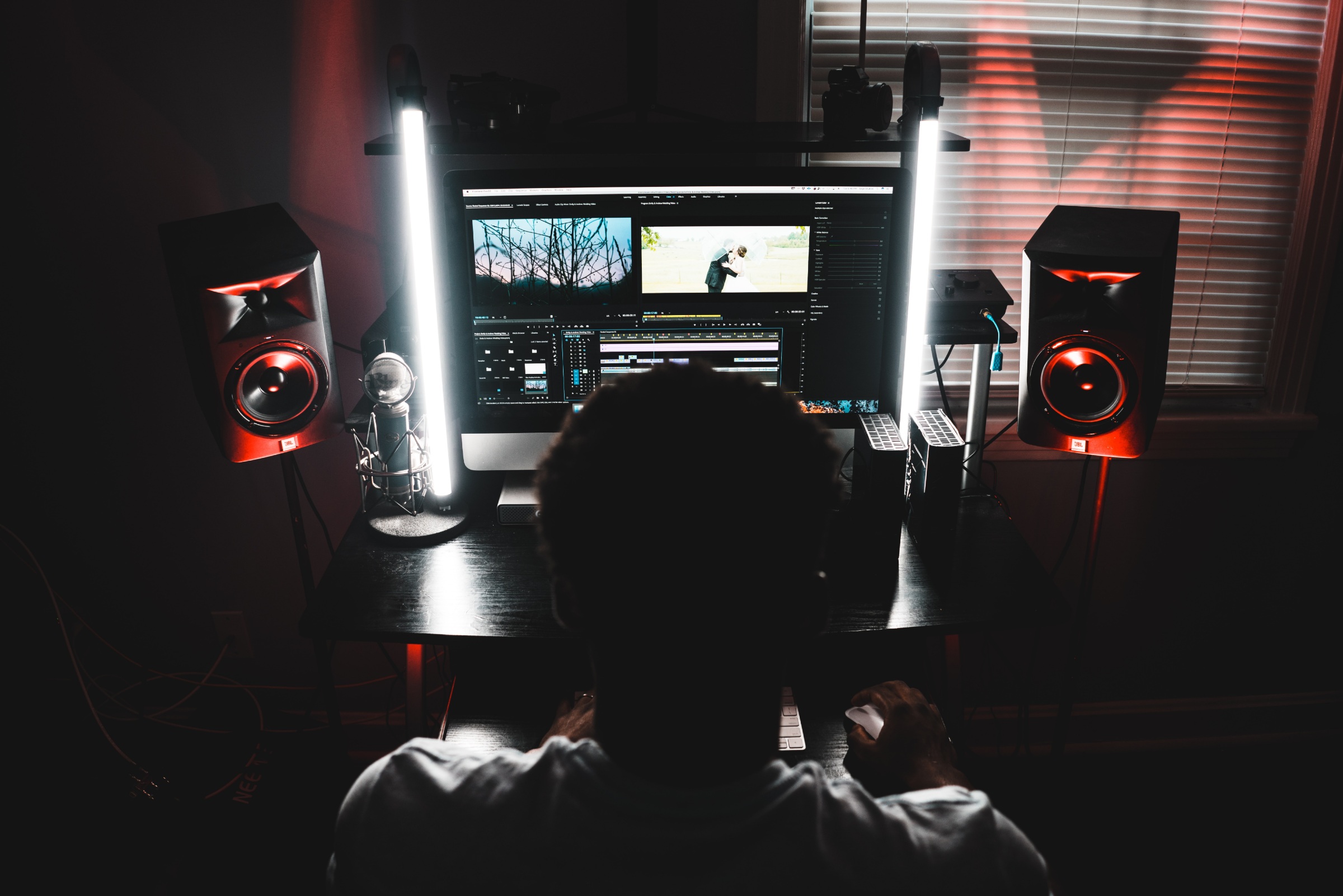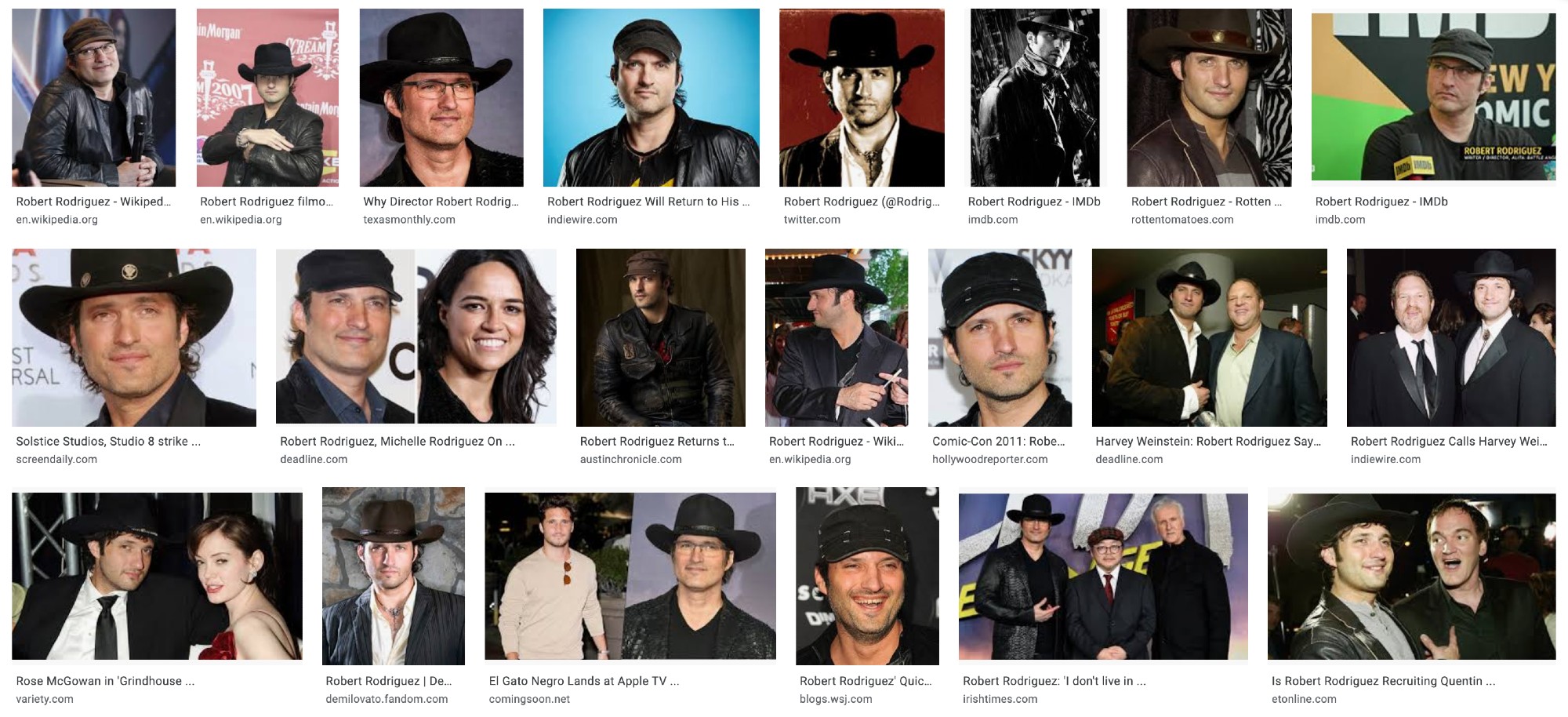
Today I want to talk to you about something that I hazard to guess isn’t spoken of a lot on this site. Building your personal brand.
I know what you’re probably thinking: “‘Branding? What the hell does building a personal brand have anything to do with cutting! I’m an editor, not a Harvard Business Graduate! As long as I’m a good editor, that’s all that should count.”
And in a perfect world, I’d agree with you. But, last time I checked, the world is far from perfect (you need only take a brief look at the day’s news to figure that out.)
Here’s the thing: if the only thing you have going for yourself as a production professional is your NLE and storytelling skills, you could be missing out opportunities that could get you more business and higher fees.
Building a professional brand could be the best move you make in 2020 for your career. I’d like to share with you three ways in which you can do it.
But first…
What is a personal brand?
It’s beyond the scope of this article to get into all that makes up a brand. Suffice it to say that it’s the sum total of all the elements that make up an organization’s presence and the experience that customers and clients have of them.
If we apply that to an individual, we can say that a personal brand represents all the aspects of your professional image and personal interactions in this business that create an experience that other people have of you.
It’s important because it is the only thing about you that is truly unique. In a crowded industry where dozens of other possible candidates for a job can be Avid experts or Adobe Premiere pros, only you will be you. Your personal brand and how you build it could mean the difference between landing that new gig or not.
There are a number of factors that make up a personal brand:
- The quality and style of your work
- The way you interact with clients and colleagues
- How you keep your work area
- The kinds of content you share on social media
- The way you answer the phone
- Yes, even the way you dress (think about Christopher Nolan’s suit jackets, Steve Jobs’s black turtle necks, or Robert Rodriguez’s cowboy hats).
Before you start rolling your eyes about the dressing comment, ask yourself this: were you able to picture the individual I mentioned in their iconic garb? If so, then you have been affected by their personal brand. (Google those three men and look at the image tab and see how many of the images have those respective garments). That is a testament to the personal brand they have created for themselves, whether or not it was even intentional. And it immediately and subconsciously signals to those who encounter them, what to expect.

Now that I’ve established what a personal brand is and why it’s important, let’s look at those three ways to build yours. These are by no means exhaustive.
Build your social media presence
Chances are that as a visual artist you have some form of social media presence where you share your work. It may be Instagram, Twitter, Facebook, or even TikTok (yes, even TikTok). Maybe you have an account with one, some, or all of these.
The question I want to know the answer to is “How actively are you using it, and are you using it effectively?”
Engaging on social media isn’t just about building followers. It’s about having conversations with those whom you respect and those that respect you. It’s giving more than you take. It’s establishing a specific reason to follow YOU. Maybe it’s because of the tips and tutorials you share on #Postchat. Maybe it’s because you post the most amazingly complex NLE timelines on #timelinetuesday. Whatever it is, it should be something that aligns with the needs and objectives of the people you want to find you on social.
Establish yourself as an expert
You may already know the value of establishing yourself as an expert in a particular area. Now take it one step further and actively work on awareness of that knowledge. Here are some time-tested ways:
Blogging
It goes without saying that this is perhaps one of the best ways to build your expert campaign. Blogging gives you a platform upon which all sorts of other media campaigns can be based. My recommendation is to have a personal website for your work with your blog being a section of that website.
This continues to be a growing segment that has a long way to go in terms of audience penetration. That means there are still plenty of opportunities to be a guest on shows; or better yet, start your own podcast. With a service like Anchor.fm, you can literally start with your smartphone.
YouTube
Starting a YouTube channel to share your knowledge is an excellent way to establish yourself as an expert. You don’t need to try to make it a booming channel like Ryan Connolly’s Film Riot, or Freddie W’s RocketJump, with 1.6 and 8.9 million subscribers respectively. You don’t even have to have smaller (although still very successful) channels like Premiere Gal or This Guy Edits (187K and 294K subs, respectively). Even if you had a series of YouTube tutorials that only had a few hundred views each, you would have a body of work to show potential clients and employers your level of expertise.
Other ways to establish yourself as an expert
Other ways to establish your expert status include guest blogging on other sites with large audiences, speaking at conventions and expos, or writing a book. I have used all of these methods to success over the course of my career for my personal brand.
Choose a focus
It’s kind of a meta-commentary that one way for a visual artist to build a personal brand is to choose a focus of expertise. Simply put: become known for not only being an expert, but for a particular style or discipline. It could be VFX like Andrew Kramer’s Video Copilot. Film and TV editor Zack Arnold has carved out a niche as a work-life balance guru. PVC’s own Mark Spencer is a renowned Final Cut Pro X expert. By choosing a focus, you help your potential clients and employers choose you when it comes to hiring. You can also increase your SEO rankings if the content you create is geared towards a focused area of expertise.
At the end of the day, whether or not you intend to have a “brand,” you do have one. The people you interact with every day, in-person and online, have an image of you and experience you in a particular way. What I’m suggesting is that you should be intentional in what that image and experience is, without leaving it to chance.
As storytellers, you know the value of a good, even great story. What is the story of yourself that you want to tell? Tell it.

